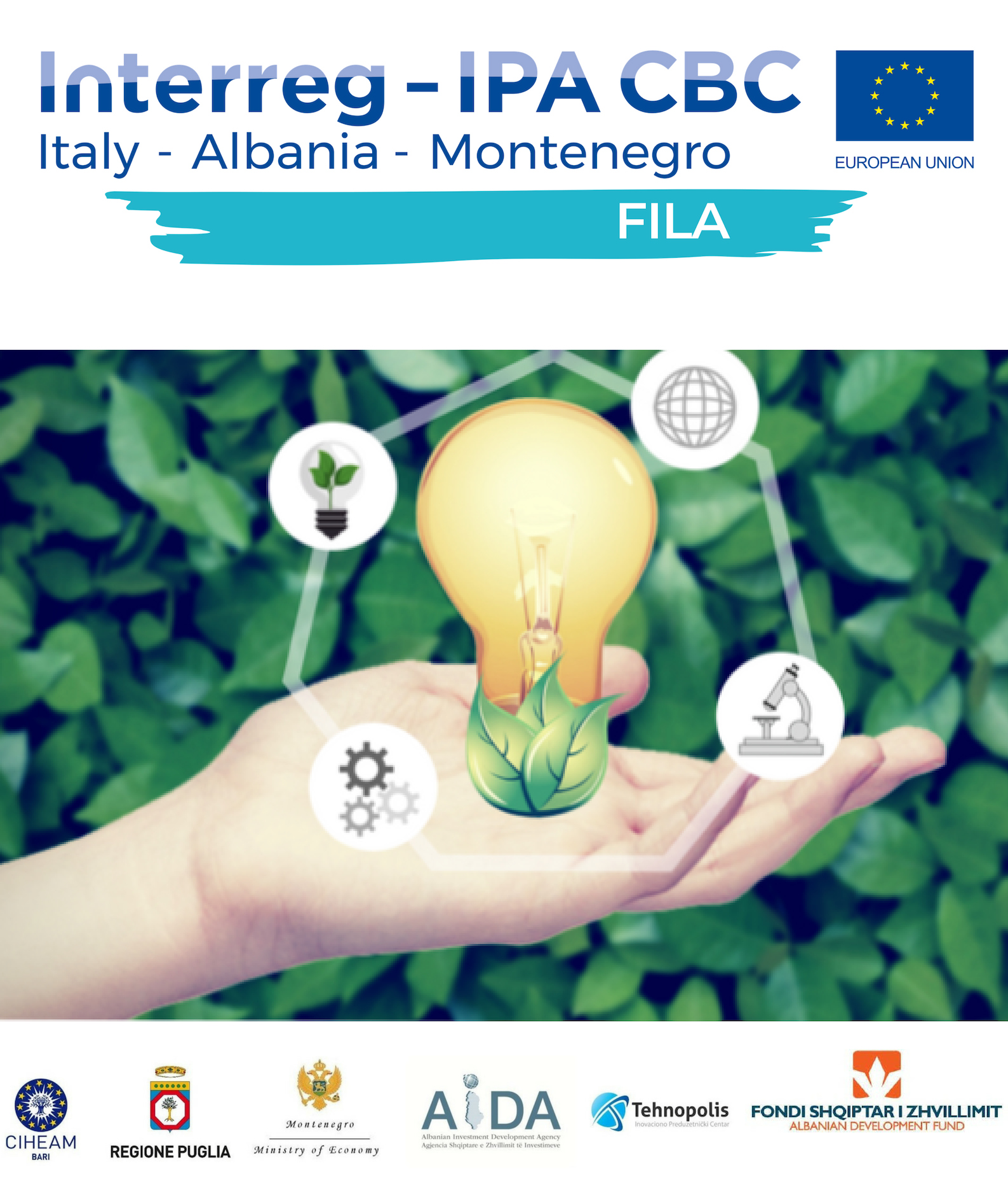The EU-funded FILA project strengthened links between research and agriculture by establishing three living labs in Korçë, Albania; Bari, Italy; and Nikšić, Montenegro, which were connected through cross-border events. The labs enabled the partners to devise a model for improving knowledge and technology transfer in the agri-food sector. This should lead to the design of solutions that boost SME competitiveness and create jobs.
Interreg IPA project FILA: innovation through links between research and farmers in Italy, Albania and Montenegro
- 10 June 2020
‘Through this project, the Technopolis innovation and entrepreneurship centre provided a great deal of contemporary equipment, including a 3D printer designed to serve agricultural innovation. We recognised the possibility of using this equipment to produce protective visors that will help in the global fight against the coronavirus.’
Thanks to cooperation programme, FILA mapped 30 good innovation support practices and analysed 54 groups that bring together multiple actors in the project area to advance innovation in agriculture. The findings fed into the work of the labs.
Further activities included training for 12 innovation managers, who build and strengthen innovation chains, and 41 innovation brokers, who foster cooperation between companies and researchers. Nine community of practice workshops, which assessed companies’ innovation needs and identified ways of meeting them, were organised.
Pilot actions in the three countries involved training of innovation coaches, who work with groups to facilitate creative responses to business challenges. The coaches then mentored aspiring innovators during open innovation sessions, with a view to co-creating solutions to challenges facing participating enterprises.
Plans were adapted to tackle the COVID-19 pandemic. One project partner – the Technopolis innovation and entrepreneurship centre in Montenegro – used its 3D printer, which was intended for agricultural purposes, to make protective visors.
A collaborative process
Levels of collaboration between agricultural businesses and research in Albania, Italy and Montenegro are currently low. To remedy this, FILA followed a collaborative methodology in line with the European Innovation Partnerships (EIP) approach. EIPs bring together EU, national and regional actors in sectors such as agriculture, where combined R&D efforts are needed for modernisation.
Living lab participants considered technology transfer problems in the agri-food sector and identified ways of solving them. The labs provided space for the development of prototypes and their presentation to potential investors.
Seven 'bricks'
The FILA model is composed of seven ‘bricks’: stronger territorial innovation ecosystems; virtuous knowledge- sharing circles; open innovation; making innovation actors more proactive; new professional profiles for innovation managers and brokers; capacity building through innovation schools; and shared knowledge and innovation strategies, with greater integration of regional operational programmes and intervention measures.
These ‘bricks’ are based on the recognition that innovation starts with human beings and that human infrastructure must precede technological infrastructure. To create the kind of innovation ecosystem that the agri-food sector needs, FILA drew up a policy document containing suggestions for the coming years.
Total investment and EU funding
Total investment for the project “FILA” is EUR 1 044 547 with the EU’s Instrument for Pre-Accession Assistance contributing EUR 887 865 through the “IPA CBC Italy – Albania – Montenegro” Operational Programme for the 2014-2020 programming period. The investment falls under the priority “Strengthening cross-border cooperation and the competitiveness of SMEs”.

